Home>Interior Design>6 Colors You Should Never Paint A Small Entryway
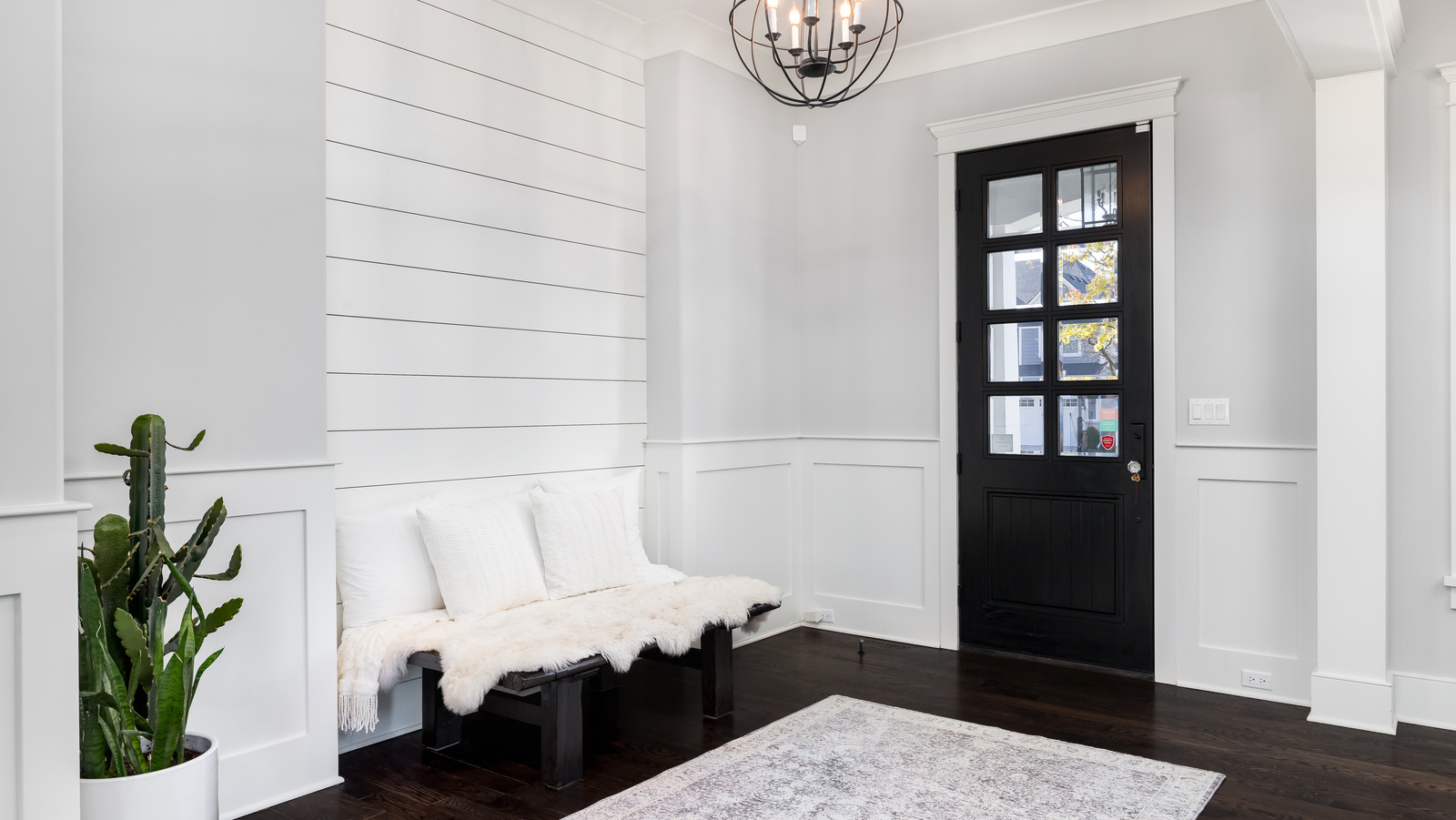

Interior Design
6 Colors You Should Never Paint A Small Entryway
Modified: January 8, 2024
Discover the top 6 colors that you should avoid painting your small entryway. Enhance your interior design without compromising space.
(Many of the links in this article redirect to a specific reviewed product. Your purchase of these products through affiliate links helps to generate commission for Storables.com, at no extra cost. Learn more)
Introduction
When it comes to interior design, choosing the right colors for a small entryway can make a significant difference in how the space looks and feels. The entryway is the first impression guests have of your home, and it sets the tone for the rest of the interior. While there are no hard and fast rules for selecting colors, there are some shades that are generally best avoided in small entryways.
In this article, we will explore six colors that you should think twice about when painting a small entryway. From dark colors that can make the space feel cramped to bold prints and patterns that can overwhelm the eye, these choices may not be the best fit for a compact entryway. So, let’s dive in and discover the colors that should be avoided when decorating your small entryway.
Key Takeaways:
- Dark colors, bold prints, vibrant neon shades, and glossy finishes should be used sparingly in small entryways to avoid overwhelming the space and creating a cramped feel. Opt for light colors with pops of color and textures for a visually balanced and welcoming entryway.
- When painting a small entryway, be mindful of color choices to create an open and inviting space. Use dark colors and bold prints sparingly, opt for muted neon shades, and be cautious with glossy finishes. Incorporate light colors with pops of color and textures for a visually appealing and dynamic entryway.
Dark Colors
While dark colors can add drama and sophistication to a room, they tend to make small spaces feel even smaller. In a small entryway, using dark colors on the walls can create a sense of enclosure and make the space feel cramped. Dark shades absorb light rather than reflecting it, which can further contribute to a closed-in feeling.
However, this doesn’t mean that you have to completely avoid dark colors in your entryway. You can still incorporate them in small doses through furniture, accessories, or accent walls. For example, a dark-colored console table or a rug with dark tones can add depth and contrast to the entryway without overwhelming the space.
If you absolutely love dark colors and want to use them on the walls, consider opting for a lighter shade from the same color family. This will still give you the richness and depth you desire while maintaining a more spacious and airy feel.
In addition to wall colors, be cautious when selecting dark-colored flooring for your small entryway. Dark floors can make the space appear smaller and can also show dirt and footprints more easily. Opting for lighter flooring, such as light wood or a bright neutral tile, can help create the illusion of a larger entryway.
Remember, the goal is to create an inviting and open entryway, and using dark colors sparingly or in moderation can help you achieve that balance.
Bold Prints and Patterns
While bold prints and patterns can certainly make a statement, they can also overwhelm a small entryway. Opting for large-scale prints or busy patterns can create a visually cluttered look, making the space feel chaotic and cramped.
Instead, consider incorporating subtle patterns or textures that add interest without overpowering the space. For example, a textured wallpaper or a small-scale geometric pattern can provide visual appeal without overwhelming the entryway. Additionally, using patterns sparingly on accessories such as throw pillows or artwork can add a pop of personality to the space without overpowering it.
If you still want to incorporate bolder prints or patterns, consider doing so on a smaller scale. For instance, a statement rug with a bold design can add visual interest to the entryway without overwhelming the space. Similarly, using patterned accents on smaller items like curtains, cushions, or wall art can provide a touch of personality without overpowering the entire area.
Remember, the key is to create a harmonious and balanced aesthetic in your small entryway. By opting for subtle patterns or incorporating bold prints in moderation, you can create a visually pleasing and welcoming space for both you and your guests.
Vibrant Neon Shades
Vibrant neon shades can certainly make a bold statement, but they are generally not well-suited for small entryways. Neon colors are incredibly bright and intense, and when used in a small space, they can be overpowering and visually overwhelming.
Neon colors have a tendency to draw attention and can create a focal point that dominates the space. In a small entryway, this can make the area feel cramped and chaotic. Additionally, neon shades can be visually fatiguing, especially in a high-traffic area like an entryway where you want to create a sense of calm and relaxation.
Instead of using vibrant neon shades on the walls, consider incorporating pops of color in a more restrained manner. Opt for softer, muted versions of the neon colors as accents, such as a neon-colored vase or a piece of artwork. This allows you to inject a touch of vibrancy without overwhelming the space.
Another approach can be to use neon shades as part of your lighting fixtures. Installing neon lights or using lamps with neon-colored shades can create a fun and playful ambiance in the entryway, without the colors overpowering the space.
Remember, the goal is to create a welcoming and visually balanced entryway. By using neon shades sparingly and in a controlled manner, you can achieve an energetic and lively look without sacrificing the overall harmony of the space.
When painting a small entryway, avoid using dark colors as they can make the space feel even smaller. Instead, opt for light and neutral colors to create a sense of openness and brightness.
Glossy or Shiny Finishes
Glossy or shiny finishes can add a touch of elegance and sophistication to any room. However, when it comes to small entryways, it’s best to be cautious with these types of finishes. Glossy or shiny surfaces reflect light, which can create a glare and make the space feel smaller and more confined.
High-gloss or shiny finishes on walls can be particularly problematic in small entryways, as they can amplify any imperfections on the surface, such as bumps or cracks. This can draw attention to the flaws and detract from the overall aesthetic of the space. Additionally, these finishes tend to show fingerprints, smudges, and dust more easily, requiring frequent cleaning to maintain their shine.
Instead of using glossy or shiny finishes on the walls, consider opting for matte or semi-gloss paints. These finishes are more forgiving when it comes to imperfections and can help create a smoother and more even appearance. Additionally, matte or semi-gloss paints are less prone to reflecting light, making the space feel more open and airy.
If you want to incorporate shiny or glossy elements in your entryway, consider using them in moderation on smaller features such as accessories or furniture. For example, a mirrored console table or a shiny metallic mirror can add a touch of glamour without overpowering the space. When used strategically, shiny finishes can create moments of visual interest and reflect light in a controlled manner.
Remember, the goal is to create a balanced and visually pleasing entryway. By being mindful of the use of glossy or shiny finishes and incorporating them in a thoughtful way, you can enhance the overall design without compromising the sense of space.
White or Light Colors
When it comes to small entryways, white or light colors are often the go-to choice for many homeowners. Light colors have the ability to make a space feel larger and more open, which is essential in a compact area like an entryway.
White walls, in particular, reflect light and create a sense of airiness, making the space appear more spacious. They also provide a clean and timeless backdrop that can easily be paired with various decor styles. Light-colored walls can create a calming and inviting atmosphere, setting the tone for the rest of your home.
However, it’s important to note that using exclusively white or light colors in your small entryway may result in a lack of visual interest and personality. To avoid a bland and uninspiring space, you can consider incorporating pops of color through accessories, artwork, or even a colorful front door.
Additionally, using different shades of white or light colors can add depth and dimension to the entryway. Consider using off-white or cream tones for trim and accents, creating a subtle contrast with the main wall color.
Another approach is to incorporate textures and patterns to add visual interest to the space. Textured wallpaper, a patterned rug, or interesting textures on furniture pieces can inject personality and create a more dynamic entryway.
Remember, the goal is to strike a balance between light colors that create a sense of openness and visual interest that reflects your personal style. By incorporating color accents and textures, you can create a visually appealing and welcoming entryway.
Conclusion
Designing a small entryway requires careful consideration, especially when it comes to selecting the right colors. While there are no hard and fast rules, it’s important to be mindful of the impact that different colors can have on the perception of space and overall ambiance.
In this article, we explored six colors that should be approached with caution when painting a small entryway. Dark colors, bold prints and patterns, vibrant neon shades, glossy or shiny finishes, and an exclusive use of white or light colors can all pose challenges in creating a harmonious and visually balanced space.
However, it’s essential to remember that these guidelines are not strict limitations. With a thoughtful approach and strategic choices, it’s possible to incorporate elements of these colors in a small entryway while maintaining an open and inviting atmosphere.
Ultimately, the key lies in finding a balance. Consider using darker or bolder colors as accents rather than dominant wall colors. Opt for subtle patterns or textures to add interest without overwhelming the space. Use neon shades or glossy finishes sparingly and strategically. And while light colors can create a sense of openness, don’t be afraid to incorporate pops of color and textures to add personality.
By being conscious of the effects of colors and making intentional design choices, you can transform your small entryway into a welcoming and visually appealing space that sets the tone for the rest of your home.
Frequently Asked Questions about 6 Colors You Should Never Paint A Small Entryway
Was this page helpful?
At Storables.com, we guarantee accurate and reliable information. Our content, validated by Expert Board Contributors, is crafted following stringent Editorial Policies. We're committed to providing you with well-researched, expert-backed insights for all your informational needs.
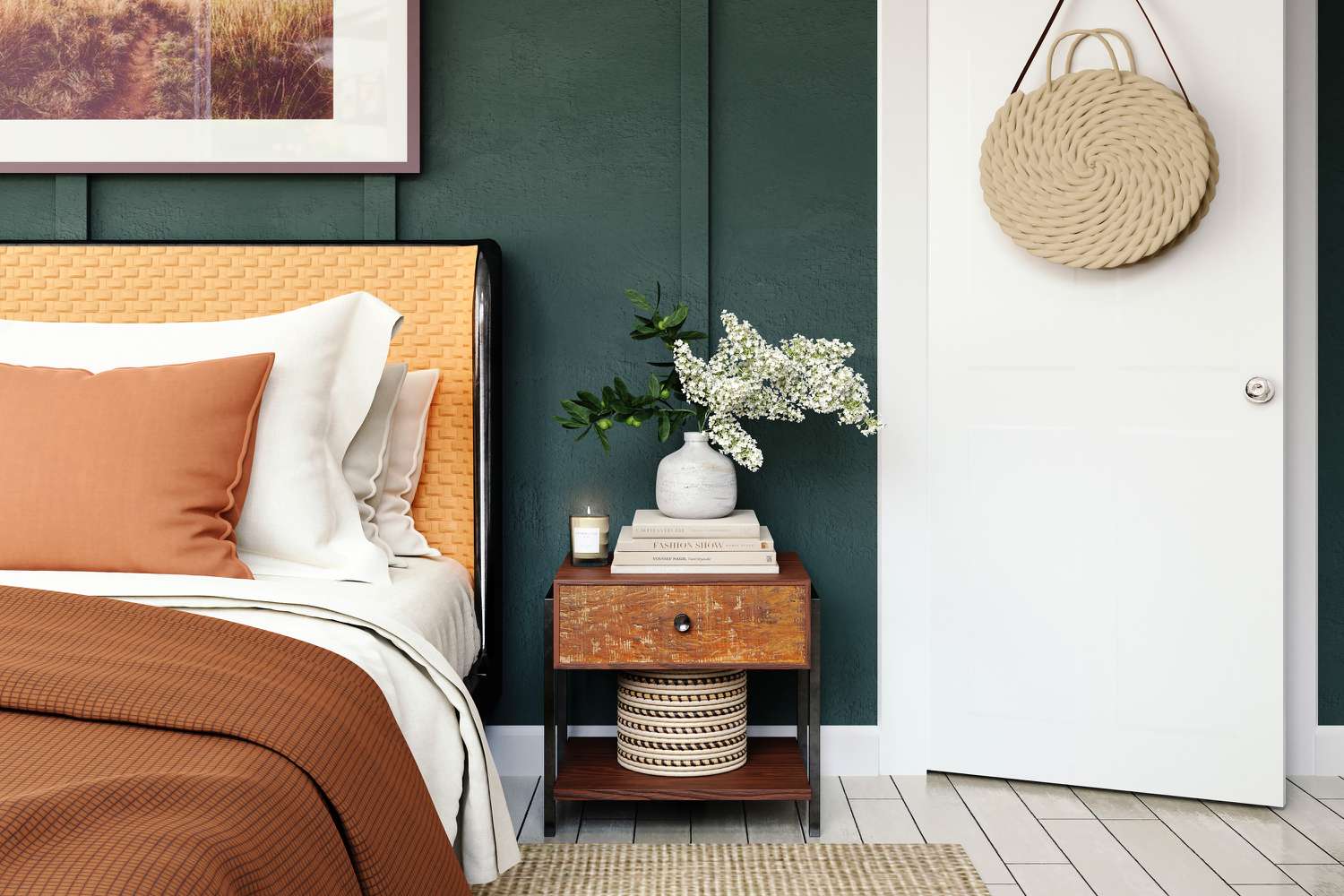
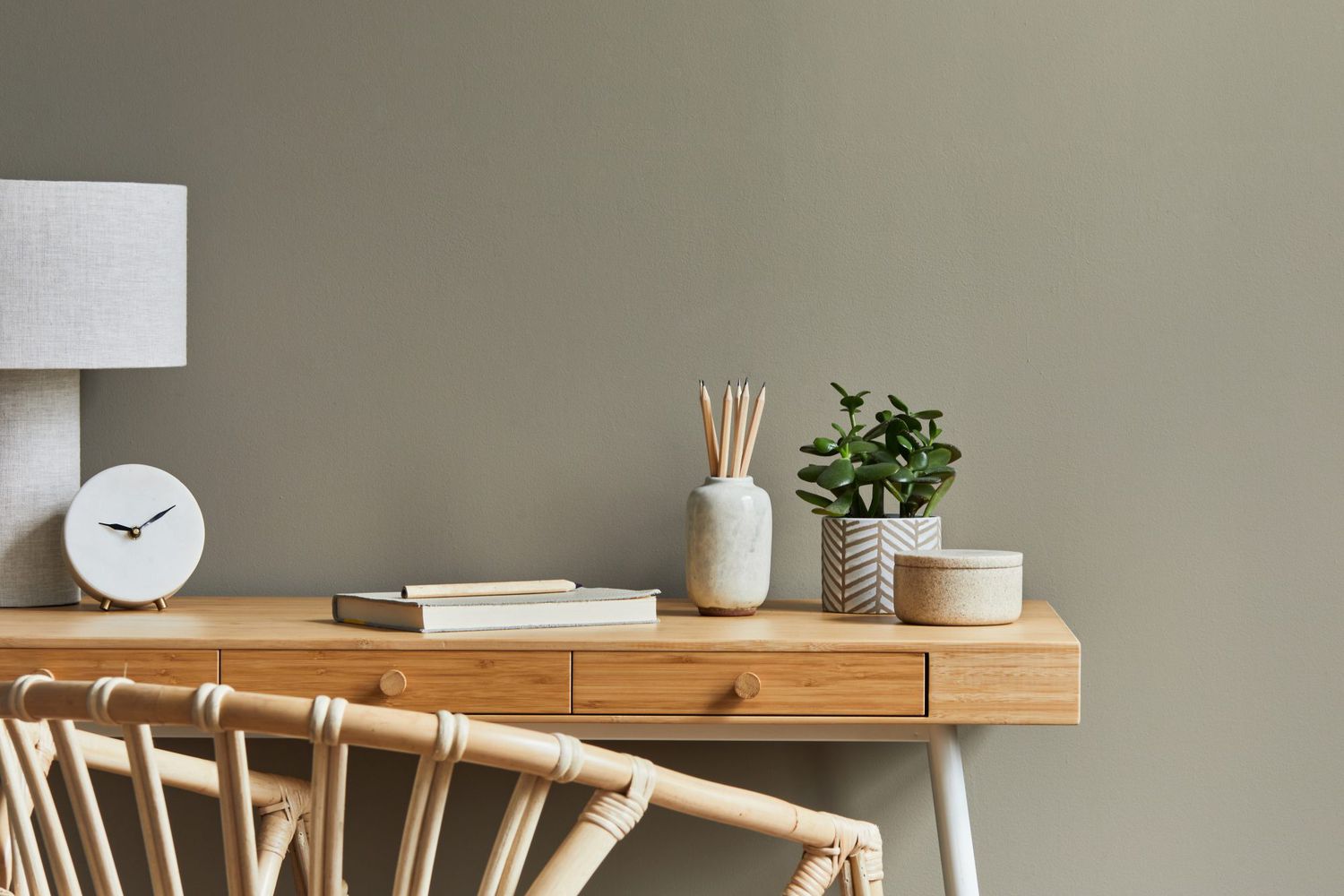
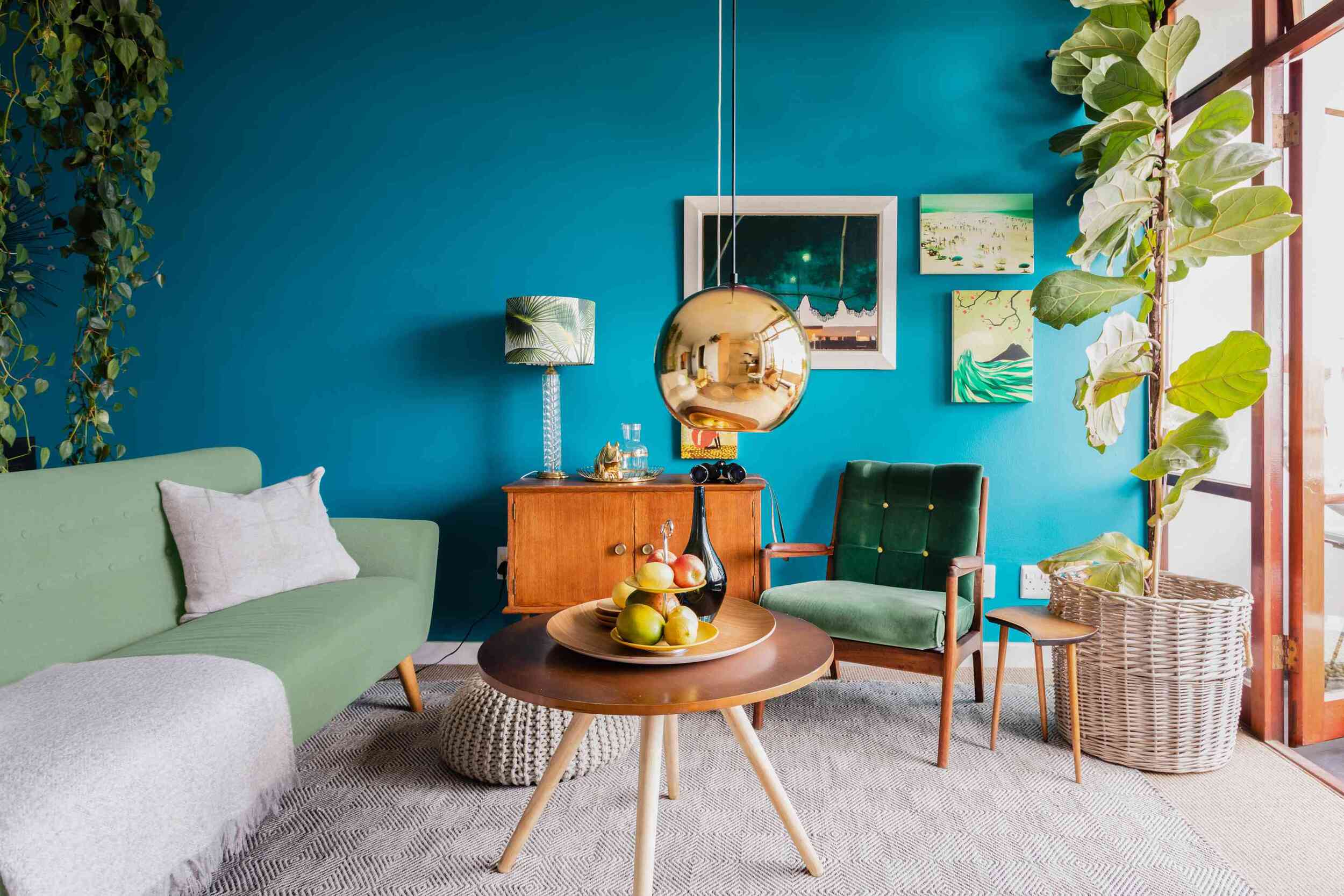
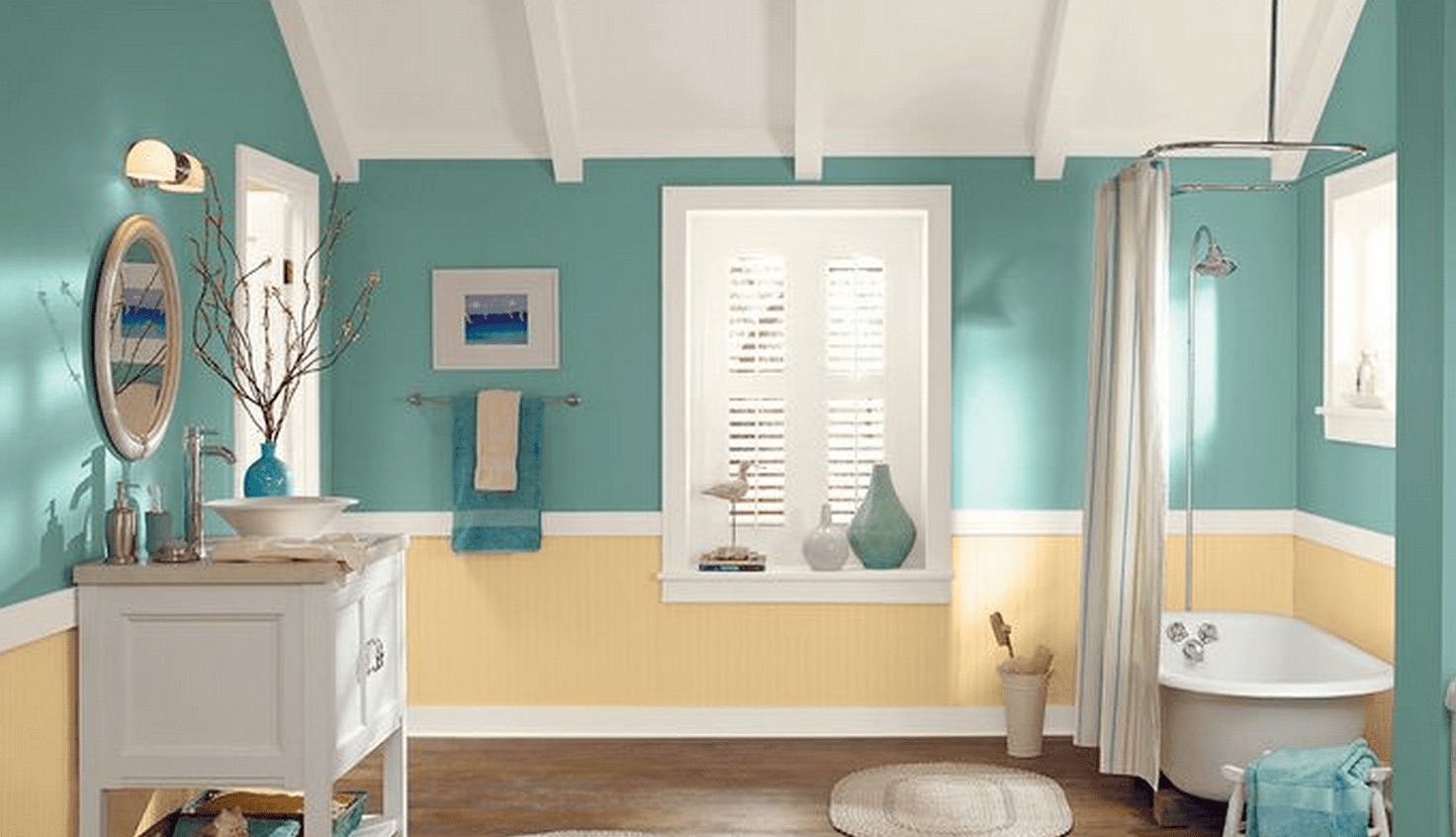
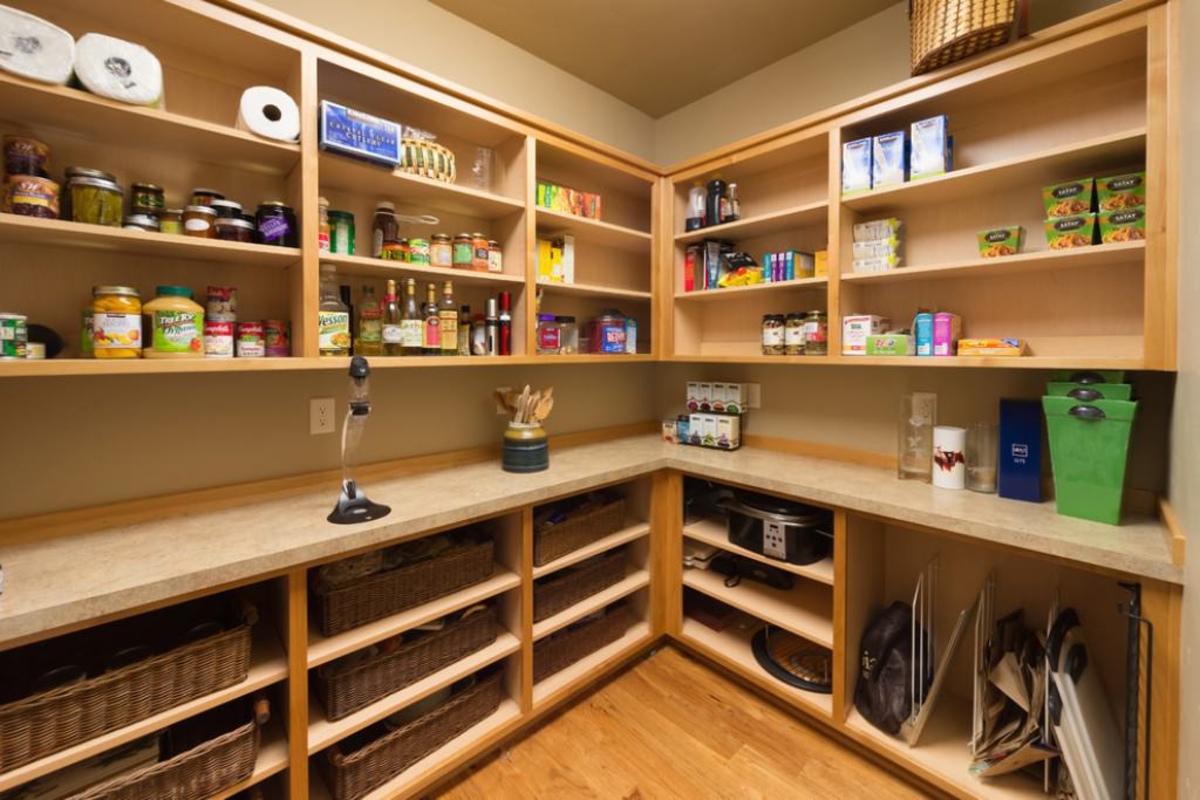
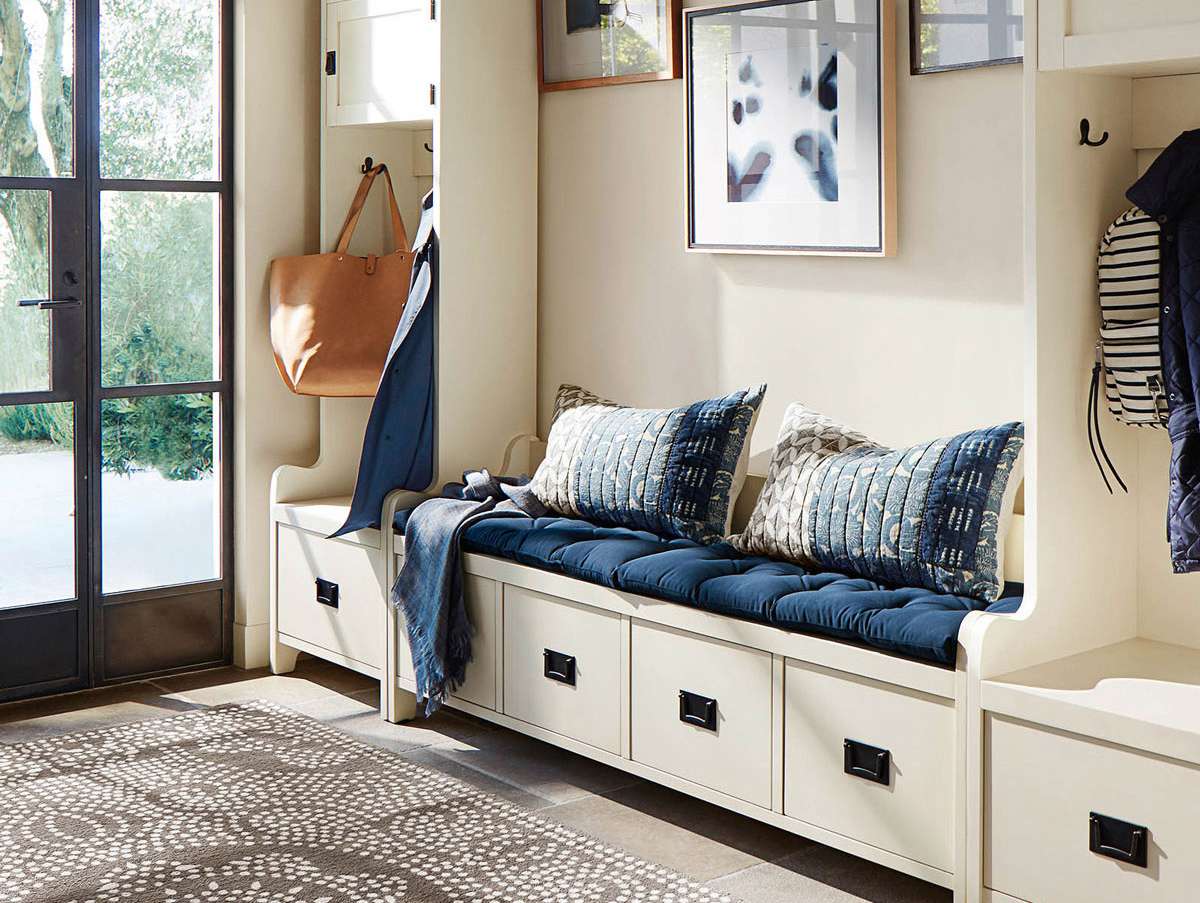

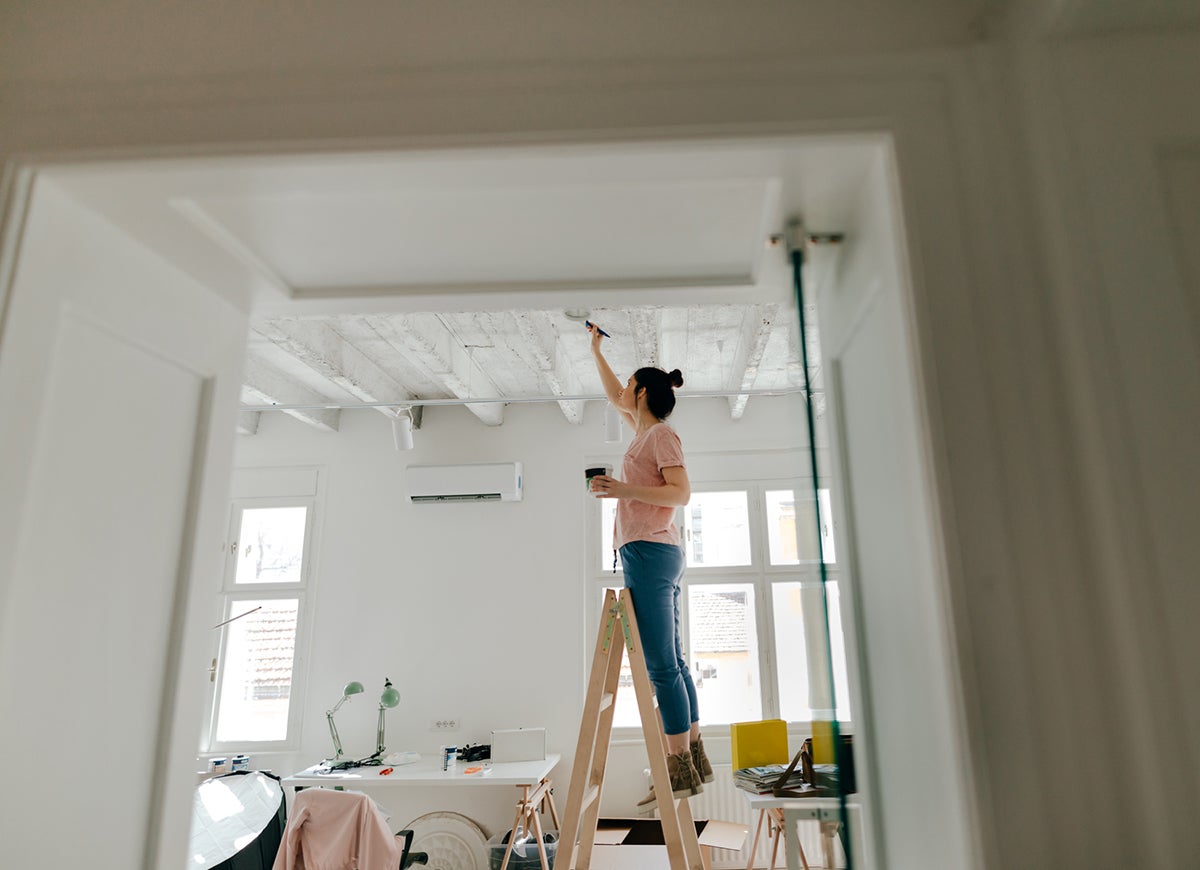
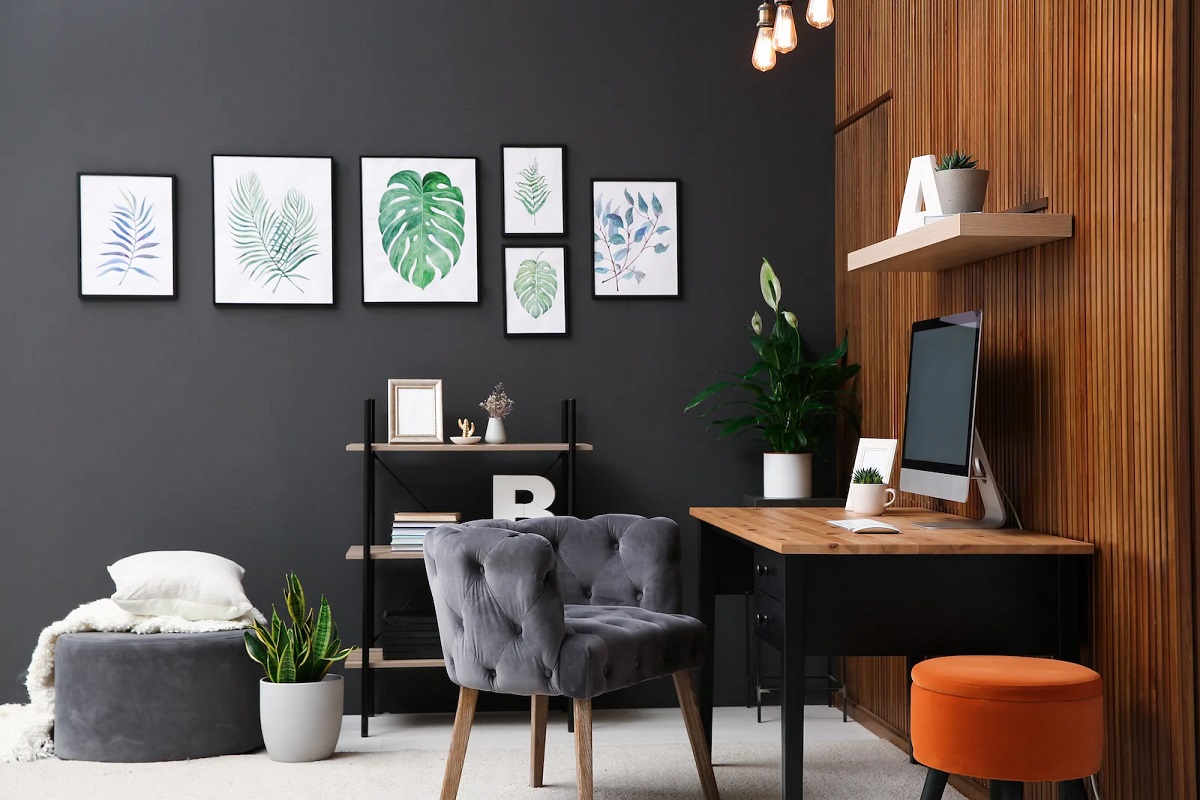
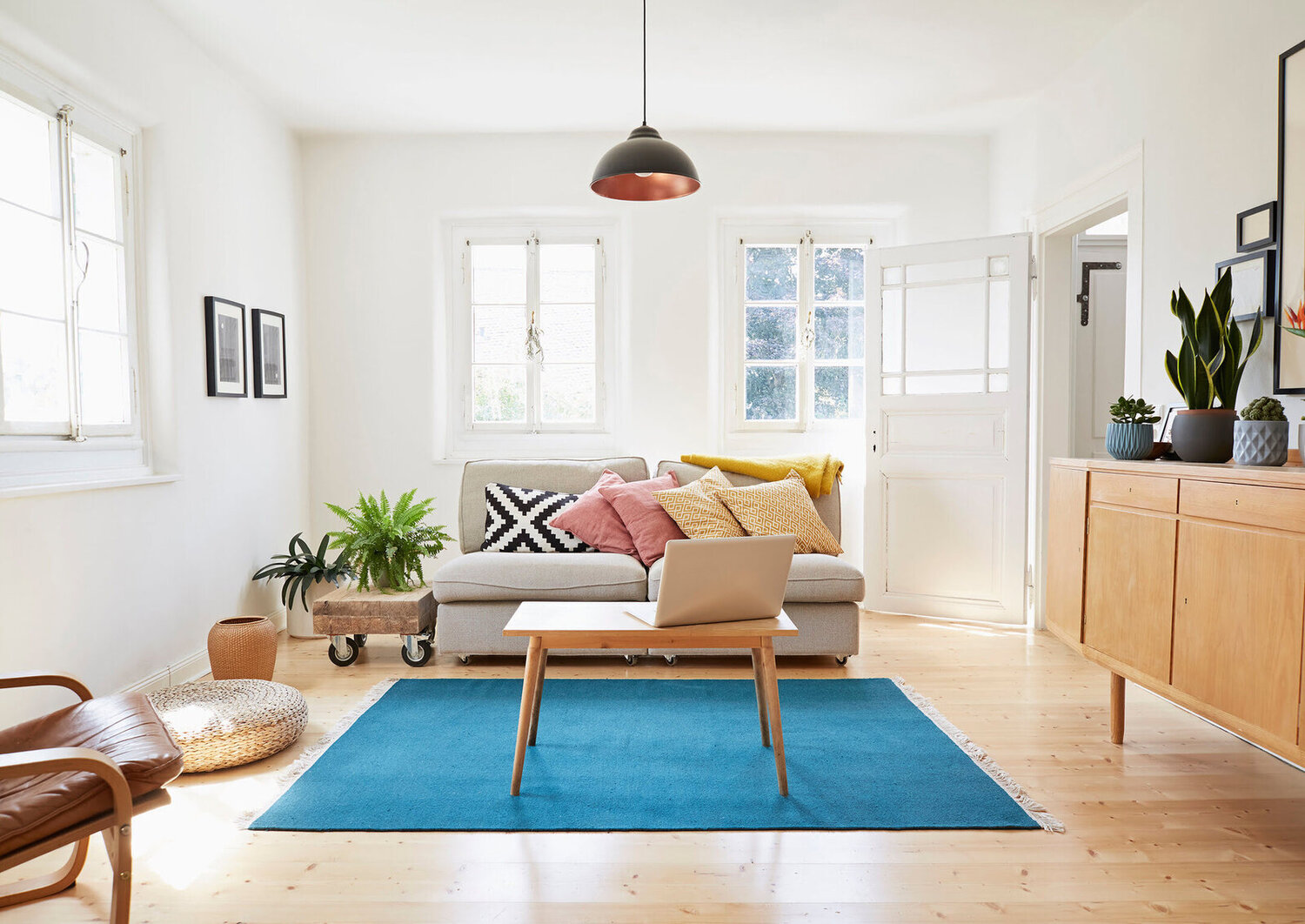
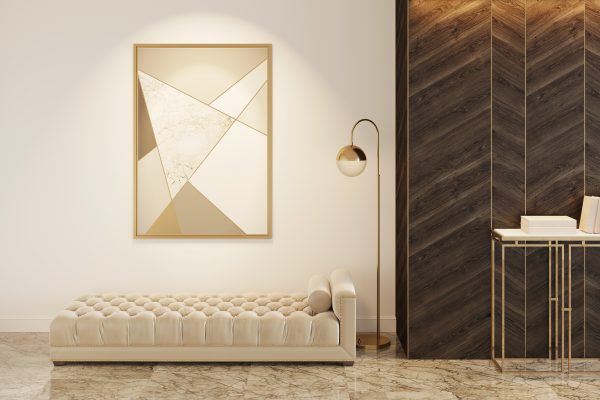
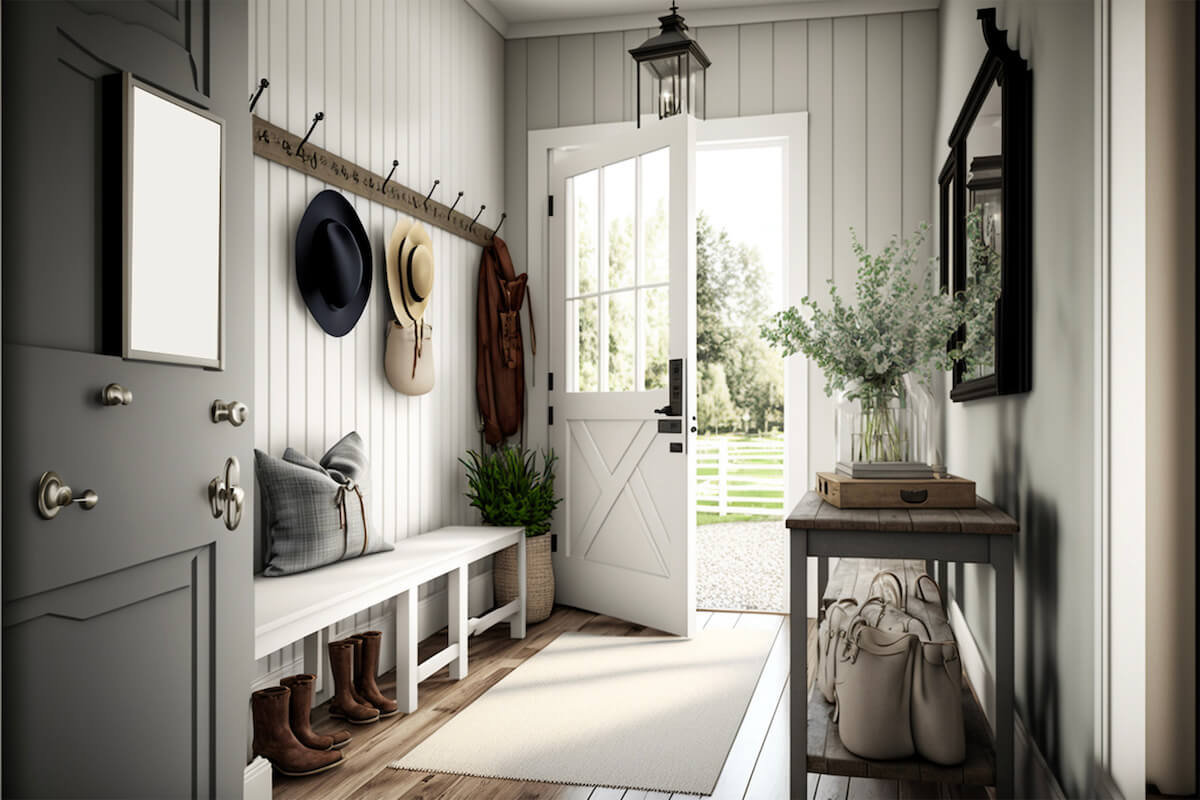
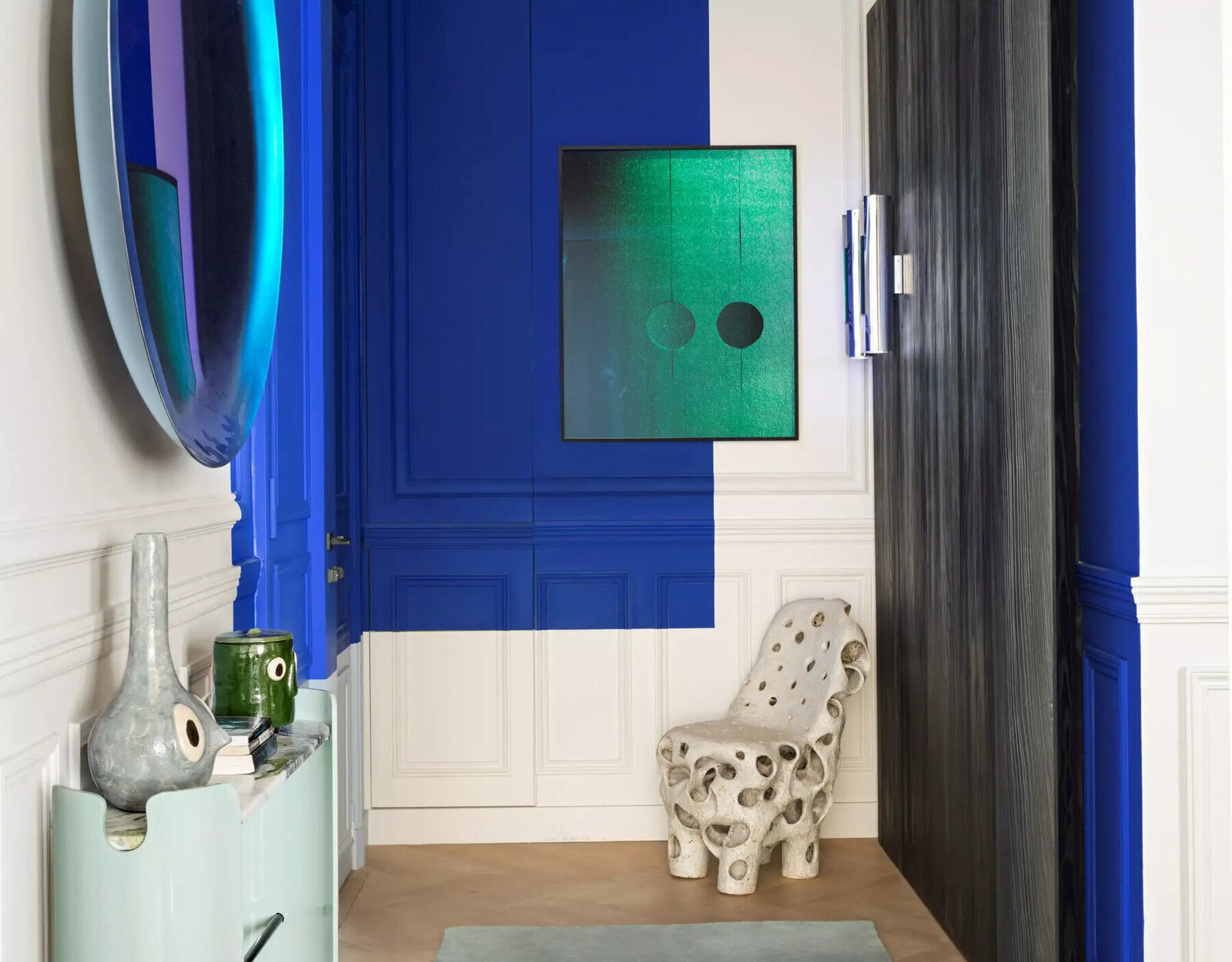


0 thoughts on “6 Colors You Should Never Paint A Small Entryway”